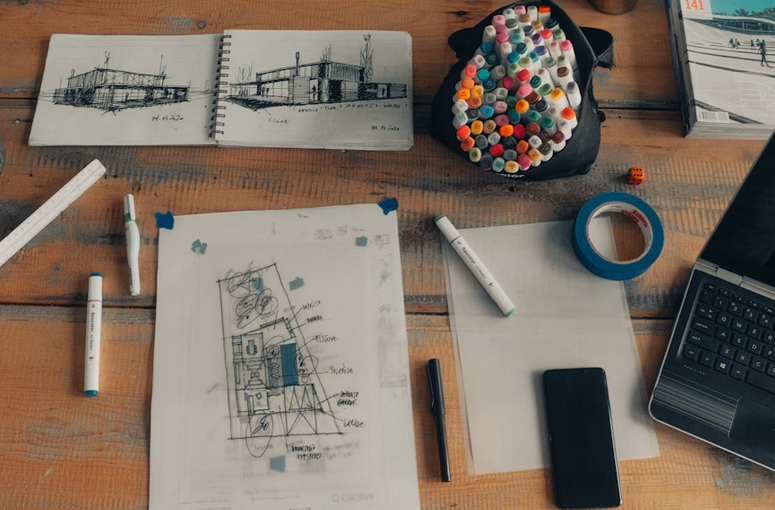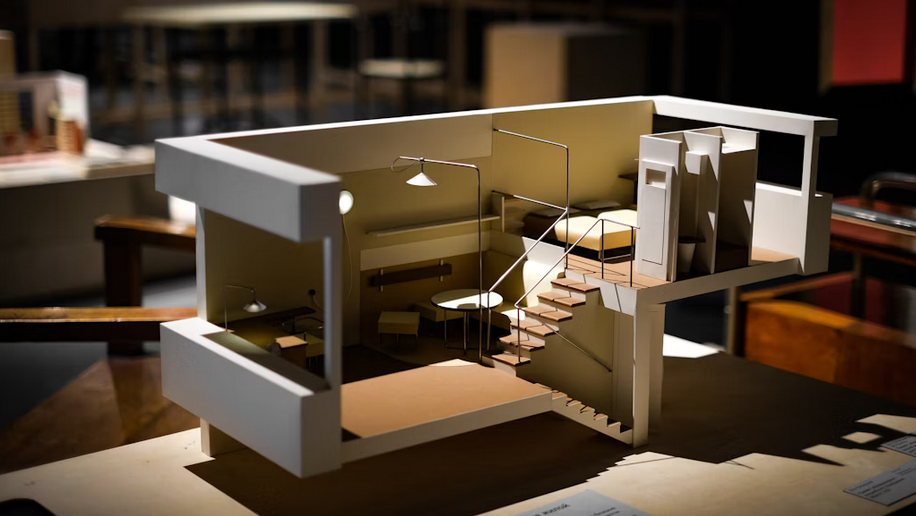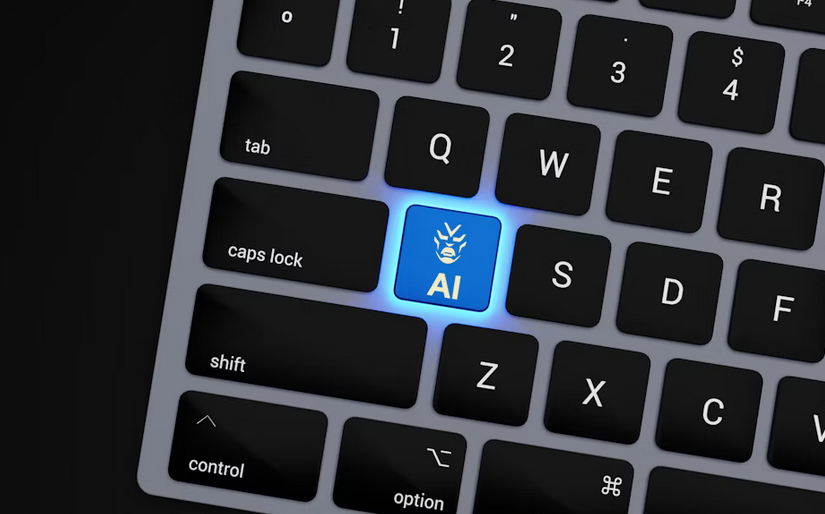Designing a dream home has traditionally been a deeply personal and human endeavor—architects sketching out ideas over coffee, clients describing the perfect breakfast nook or a cozy reading corner. But what if a machine could do all of that for you? Welcome to the world of AI architecture, where algorithms are no longer just solving equations—they’re helping shape the spaces we live in.
As technology evolves, so does the way we imagine and build homes. Artificial intelligence is making bold moves into creative fields, and architecture is no exception. But can a machine really understand what makes a space feel like “home”? Let’s take a look.
AI as the New Design Partner
Artificial intelligence isn’t replacing architects—it’s augmenting them. AI tools can process massive amounts of data to generate architectural designs that align with zoning regulations, environmental conditions, and client preferences. These tools offer multiple layout options, optimize energy efficiency, and suggest material combinations, saving weeks or even months in the early planning stages. While architects bring intuition, emotion, and experience, AI brings computational power and endless pattern recognition. This partnership can lead to smarter, faster, and often more sustainable design outcomes.
From Blueprints to Neural Networks

The architectural design process is becoming increasingly digital. With machine learning algorithms trained on thousands of past projects, AI can predict what layout or aesthetic choices might suit a specific lifestyle or region. This is already influencing urban planning and individual home design alike. In Germany, for example, the role of AI in architecture is being closely examined. If you read the insights from www.it-boltwise.de/kuenstliche-intelligenz-in-der-architektur-vom-entwurf-bis-zur-architektensuche.html, you will know that AI tools are now assisting not just in the design phase, but also in selecting architects based on compatibility and project needs. This merging of creativity with computation could redefine how we approach residential architecture.
Customization at Scale
One of the most exciting aspects of AI in home design is its ability to offer personalized solutions at scale. Traditionally, bespoke homes were expensive and time-consuming to design. AI now enables tailored layouts, smart storage ideas, and adaptive lighting plans—all based on a user’s input, preferences, and lifestyle data. Imagine feeding your daily routine into an app and getting a layout optimized for your workflow, relaxation, and entertainment. That’s not futuristic—it’s happening now. This level of customization is particularly valuable in multi-unit housing, where each space can still feel unique and personal.
Sustainability by Design

Sustainability is a core concern in modern architecture, and AI is proving to be a powerful ally. By analyzing climate data, solar patterns, and energy usage, AI systems can recommend orientation, insulation strategies, and materials that reduce environmental impact. Homes designed with AI often incorporate passive energy techniques that humans might overlook, such as optimizing window placement for natural light or choosing shapes that regulate internal temperatures better. The result? Green homes that are beautiful, livable, and cost-effective in the long run.
Limitations and the Human Touch
Despite its many advantages, AI still can’t fully replicate the human touch. It lacks empathy, cultural context, and the nuanced understanding of beauty that experienced architects bring to the table. Emotional connection to a space—how it feels to walk into your home after a long day—is something machines struggle to quantify. That’s why the future of architecture will likely be a collaboration. AI can handle the technical heavy lifting and offer endless possibilities, while human architects provide the soul, story, and subtlety that make a house a home.
So, can a machine design a dream home? Technically, yes—but with caveats. AI is transforming architecture in exciting ways, from early concept development to optimizing energy efficiency. But the most compelling designs will continue to emerge from a synergy between human creativity and machine intelligence.…

